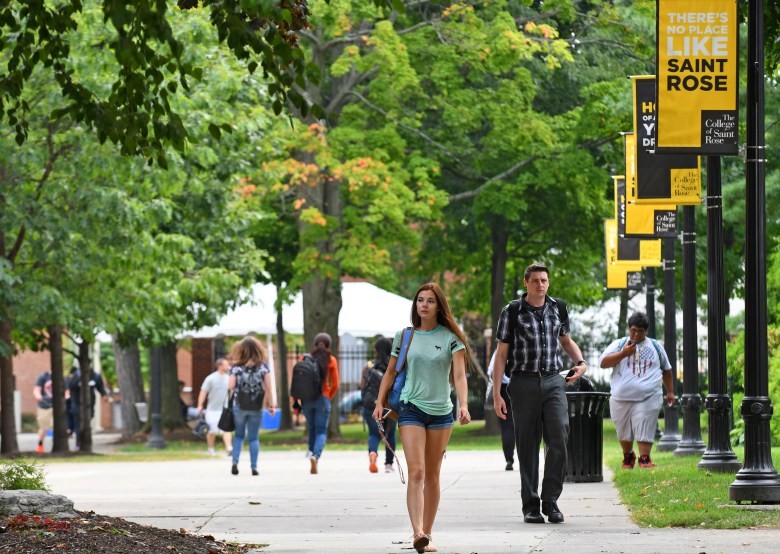
A demographic shift threatening both higher education and the broader economy is about to hit the United States as the number of college-age students begins a sharp decline. This change could reshape the landscape of higher education and leave lasting impacts on the American workforce.
The roots of this demographic cliff trace back to the 2007-2008 Great Recession when birth rates dropped significantly - a trend that never fully recovered. Now, those reduced birth cohorts are reaching college age, with projections showing a 15% decrease (around 650,000 fewer 18-year-olds annually) by 2039.
Recent data from the Western Interstate Commission for Higher Education predicts a 13% reduction in high school graduates by 2041, representing nearly half a million fewer potential college students each year. This decline will hit hardest in the Northeast, Midwest, and West, with some states facing particularly steep drops - Illinois at 32%, California at 29%, and New York at 27%.
The impact is already visible. Iowa Wesleyan University, a 181-year-old institution, closed its doors in 2023 after struggling to maintain enrollment. In early 2024, colleges are closing at a rate of more than one per week. Bond defaults and financial distress signals are increasing across the sector, with 21 institutions defaulting on municipal bonds in the previous year alone.
Beyond campus closures, this demographic shift poses serious economic challenges. The Georgetown University Center on Education and the Workforce projects that 43% of jobs will require at least a bachelor's degree by 2031. However, the shrinking pipeline of college graduates may not meet this demand, potentially creating skilled labor shortages across multiple industries.
The semiconductor industry is already feeling the pinch, with a $40 billion Arizona facility facing delays due to workforce shortages. Healthcare, teaching, and other professional sectors are expected to face similar challenges.
While some institutions are attempting to offset the decline by recruiting international students or older learners, these efforts face headwinds. International student enrollment has decreased, and the number of students over 25 has fallen by half since the Great Recession.
For surviving colleges, this shift creates a buyer's market - admission rates are rising, and inflation-adjusted tuition is declining. However, the broader economic implications of this demographic change could reshape American higher education and the workforce for decades to come.